If you know me, you know I’m a busy guy. It’s work, work, work, these days, and when it’s not about work, it’s about time with my wife, my girl, and the pups.
Needless to say, like most of us, I seldom get to do the projects around the home that I dream of doing.
That all changed in the last month, because not only did I finally get to do a bit of home reno that my family gets to enjoy, but I also got to try something I’ve wanted to do for a really long time — a heavy-duty Italian venetian plaster treatment to a bathroom shower stall.
This work was done in our main-floor bathroom, which had been wanting TLC for a while.
Doing any project for the first time, especially when it’s a bathroom, can make it hard to estimate all the work involved, so getting a chance to explore the process on my own time was great.
It was a major project by the time I finished, as you can tell by the end results, but what did it take to get there?
Here’s how the Home Shower Venetian Plaster Project evolved, start to finish.
This ’70s bathroom came with tons of cedar, which all had to come down. Luckily, it was installed by someone who didn’t make much effort to do it right, so only a couple nails in each board ensured they popped right off. Removing the shoddy work made investing time in improving the room that much more satisfying.
The first thing I wanted to do was move the shower-head up by about two feet. No one wants to crouch for a shower.
Before now, I never had the need, or an opportunity, to work with copper. I decided I’d take a kick at the copper can instead of calling a plumber, and working with the pipes was easier than I expected. I might do the odd fix-it job here and there now, but I’d certainly never do my whole place.
Next, I installed plywood. I’m sure some of you building guys out there are wondering “why not concrete board instead of plywood?”
It’s a preference, really. I find plywood’s just easier to work with, and it comes in big old 4×8-foot sheets, making for less cutting in some situations, but, most importantly, I find plywood’s a big help when it comes to installing lath. (Shown later.)
Next up was installing the water-proof membrane. Obviously a quality project is needed for a shower, and I used a local company’s product, called, “SuperSeal” you can learn more about it here.
Then came the lath, and that installation was definitely a two-person job. Getting the lath stretched into and around corners took a lot of force and grunt-work. As we got through that, here’s how it got to looking:
Finally, after all that, it was time to do what I love best — the plastering! First, I slapped up two coats of concrete so there would be a ½-inch seamless base for the lime plaster to build upon. Concrete’s not a pretty project — it’s sloppy, and it made a mess of both a floor and me.
Then came the wait. It took a week — six whole sleeps! — of waiting for the concrete to fully cure, and then I finally got to start the really, really fun stuff — the tinted lime plaster.
I went for a rich, warm colour palette, which really stands up well in the space. Here’s how it looks:
Like most weekend do-it-yourself renos, I ran out of time and some finishing still needs doing on the rest of the details. One day, the countertop will get changed out, and clearly the white curtain needs to go. I just need some 30-hour days, maybe.
It was a fun adventure, one that pays off every time I walk in the room.
Is plaster something you’d consider for a bathroom now? There are a lot of good reasons to choose plaster over tile or other options, and I plan to share that with you in the coming weeks.
Until then, keep checking back — lots of big projects are ahead!
Cheers,
Darrell Morrison


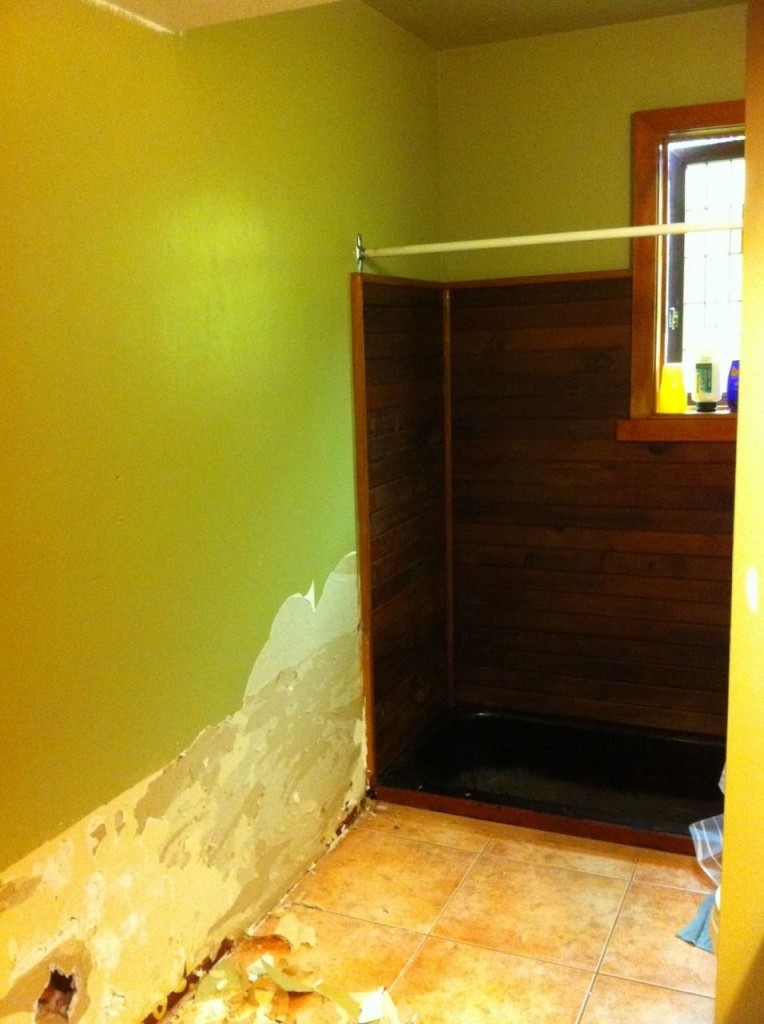
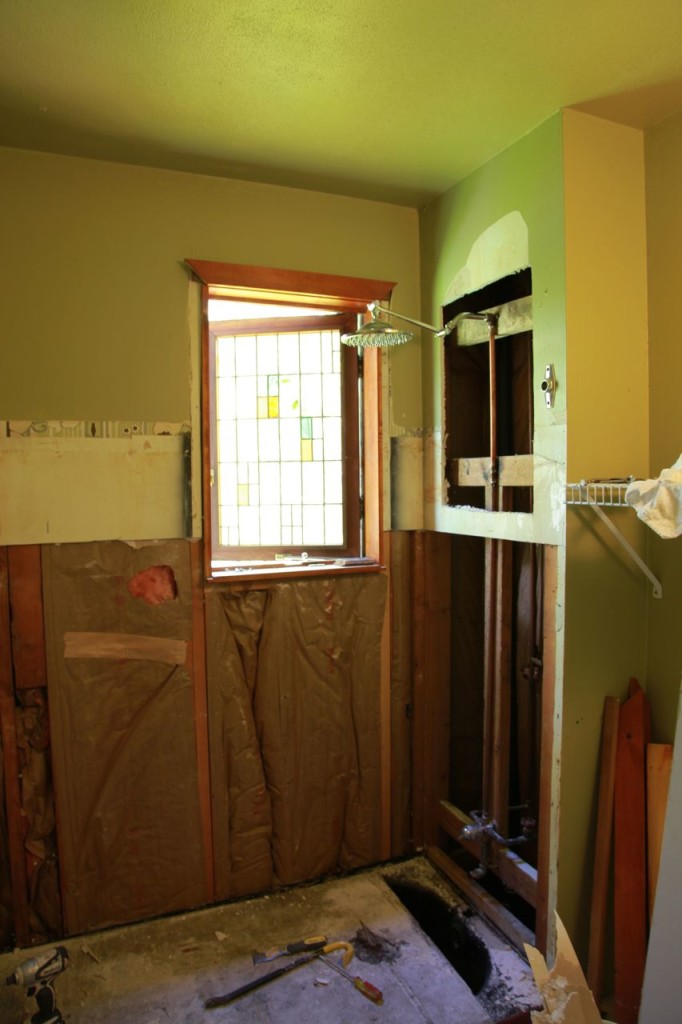

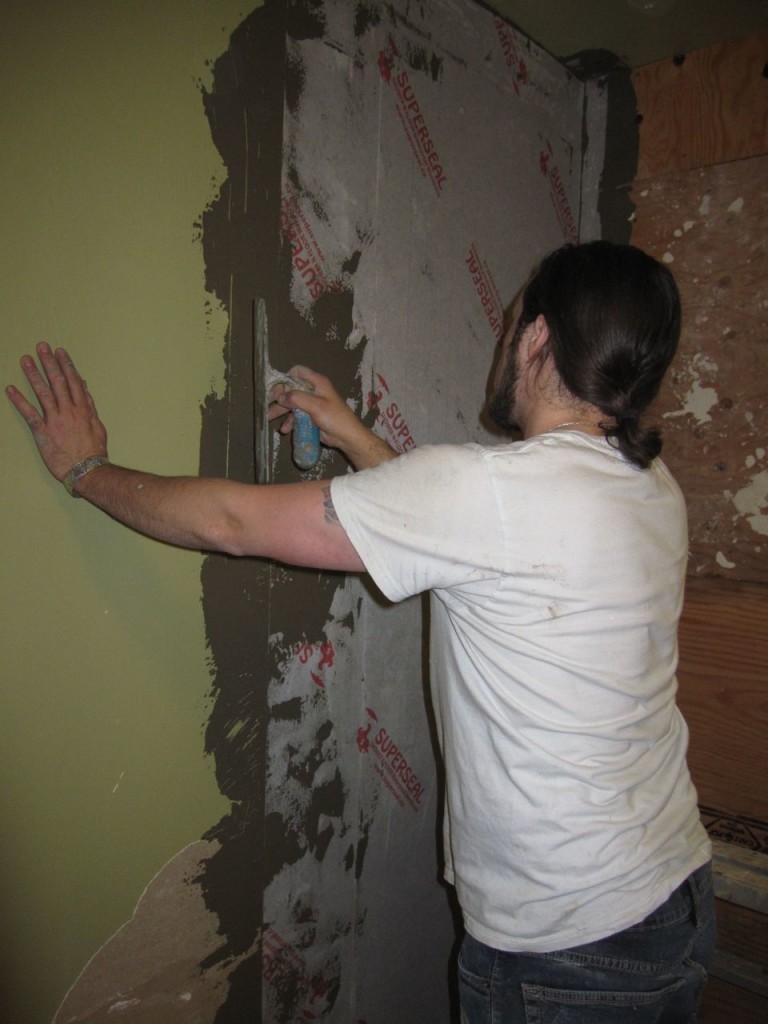

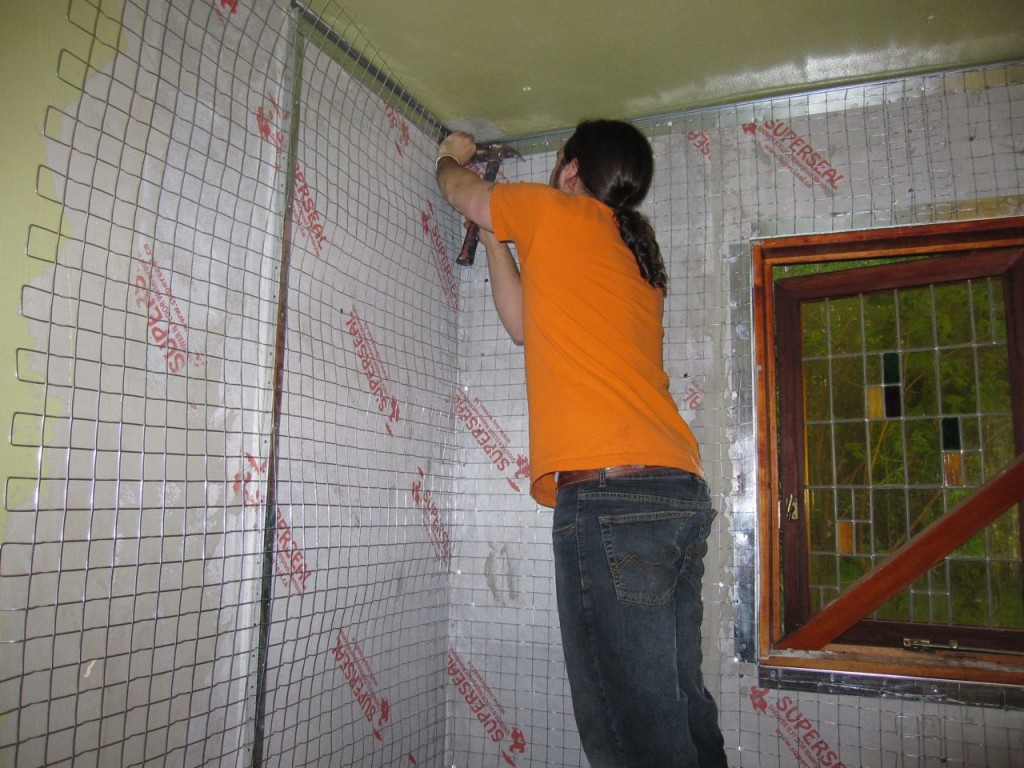
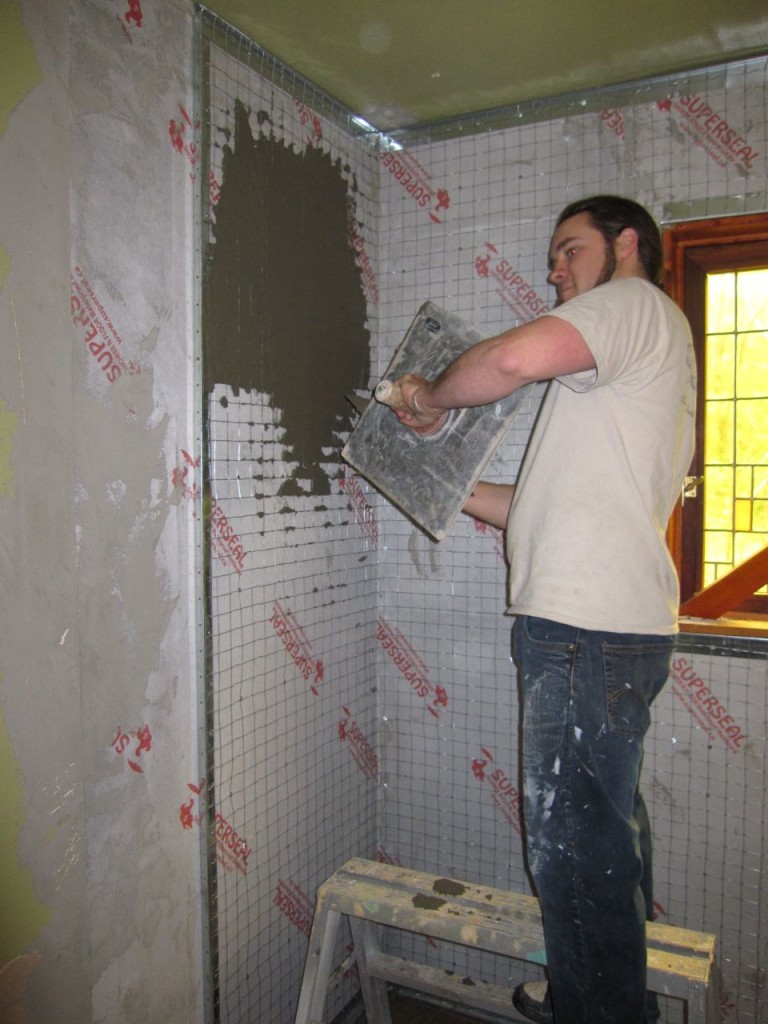
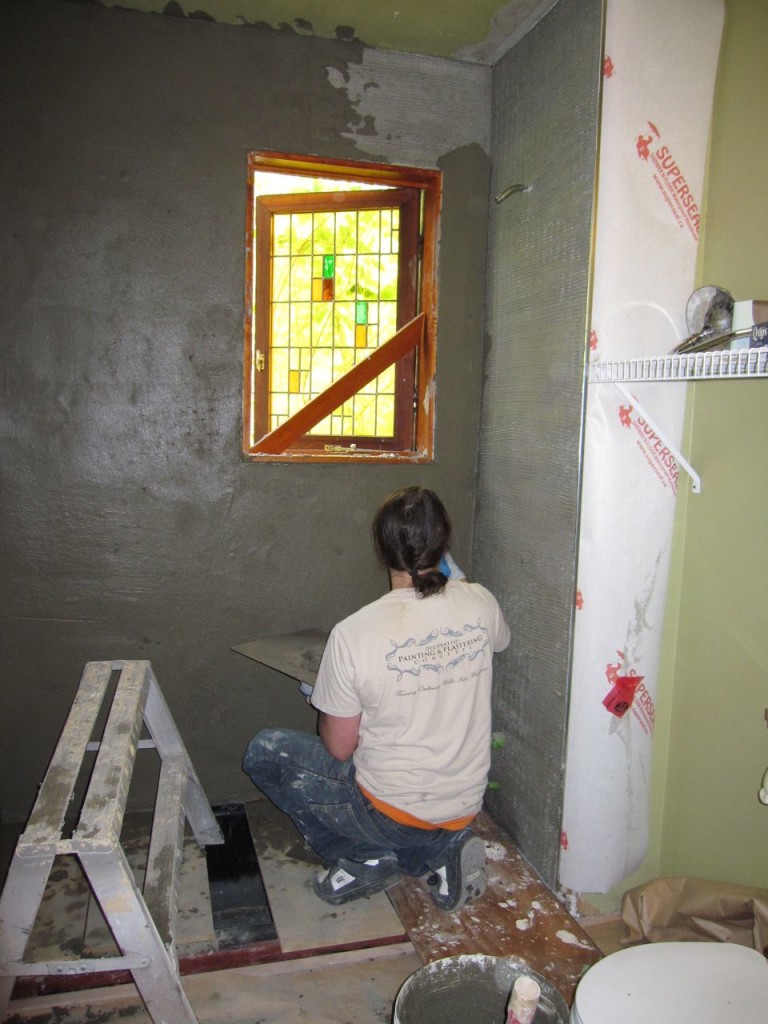
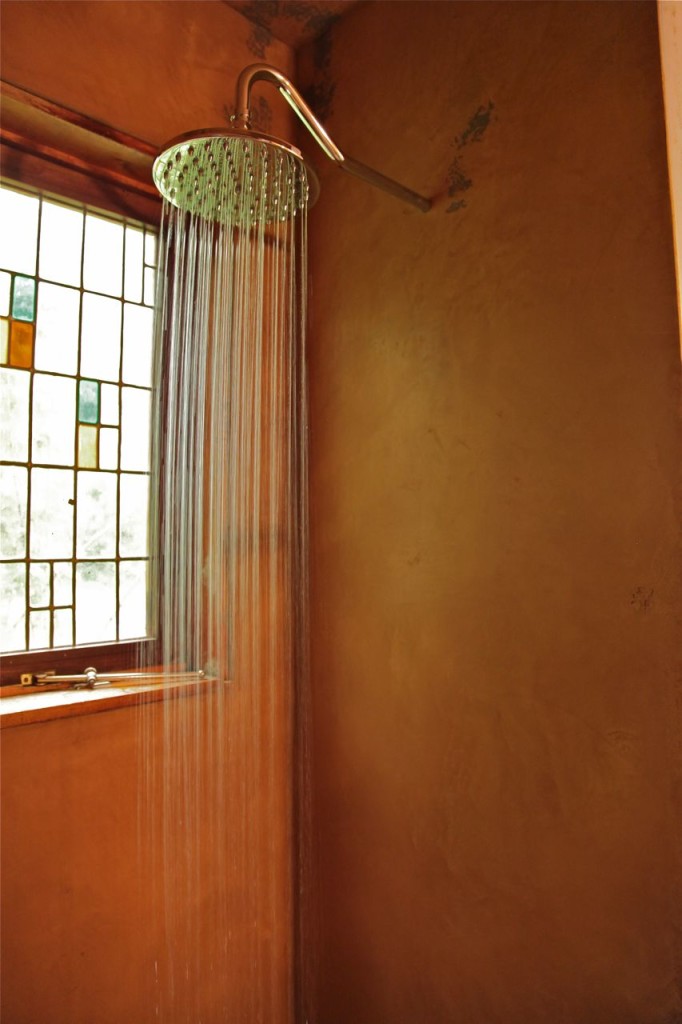
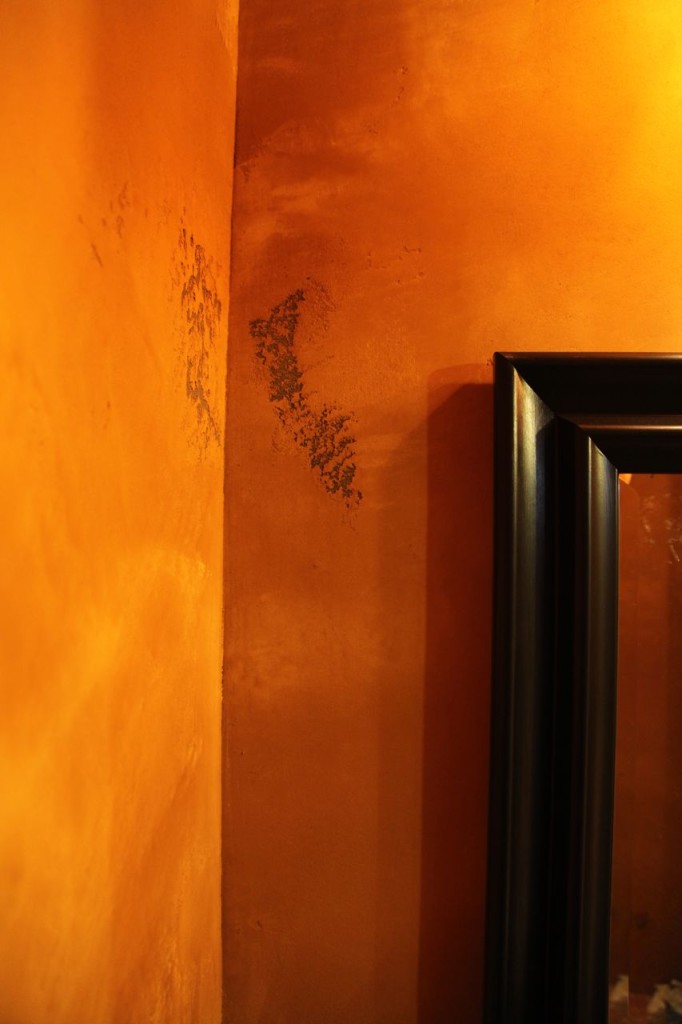
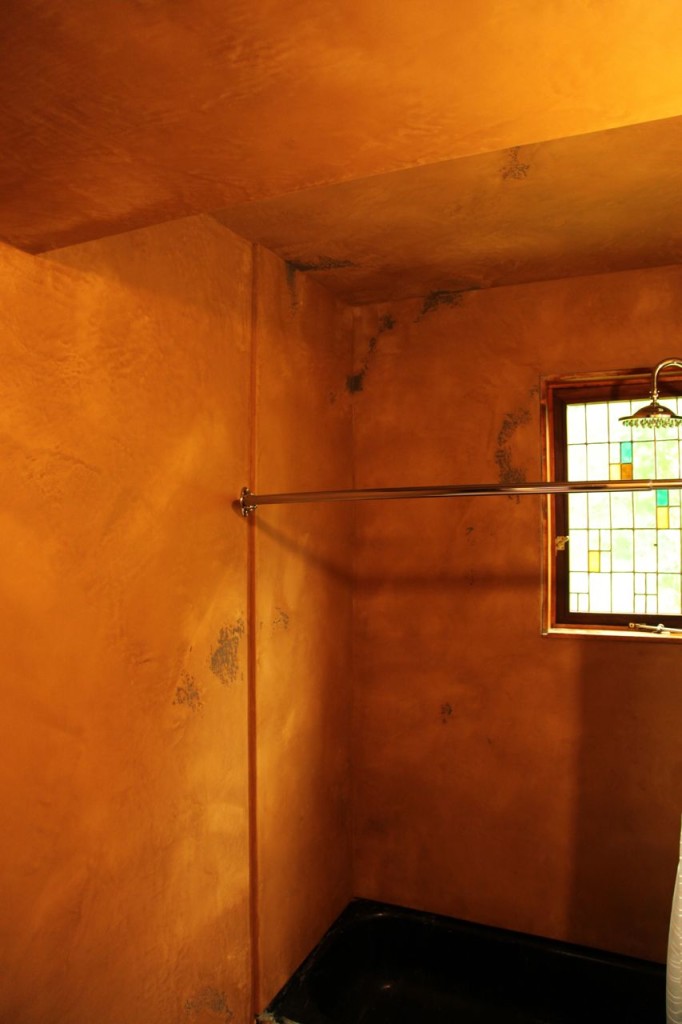

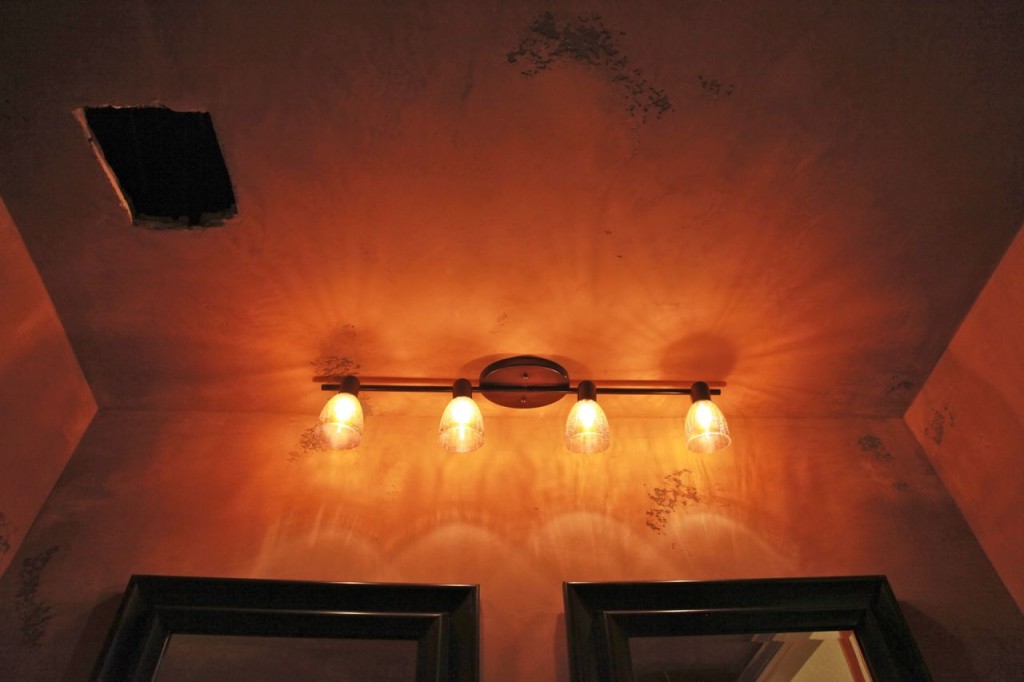
Did you end up plastering the entire bathroom or just the shower area??
Hi Jill,
We plastered the entire space to give it a uniform finish, however we only sealed the shower walls and left the bathroom walls and ceiling unsealed to help absorb the moisture.
Ciao
Darrell
What did you use to seal the shower surface? And where did you purchase your plaster product from? I am very interested in doing this in the bathrooms at our new house, and need all the info I can get. The end result is very nice!
Hi Jessica,
For this shower we used a penetrating sealer, however it really depends on the colour and final finish for the protection you should apply. What area are located in and possibly I could send you in the right direction for plaster supplies.